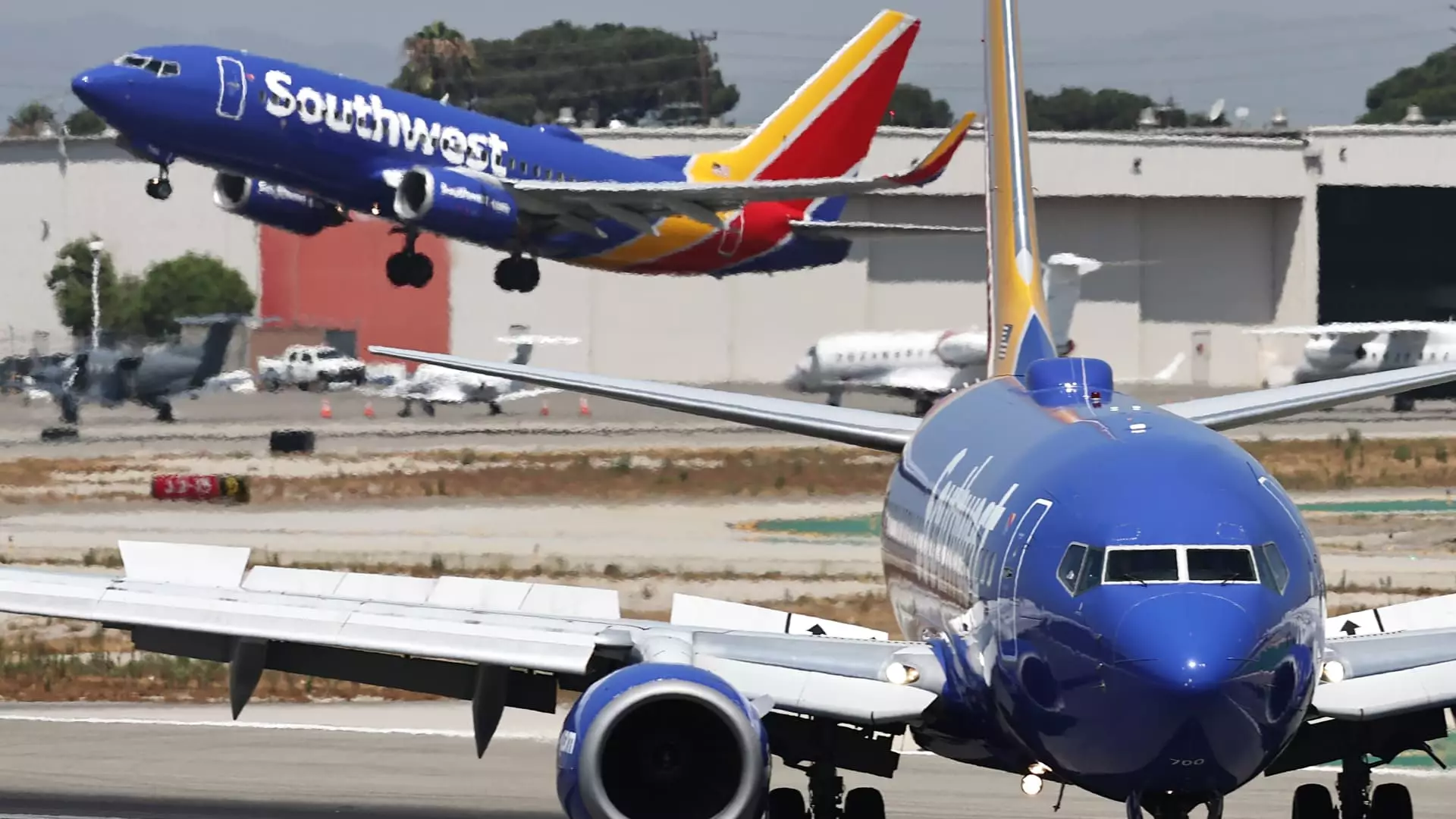Southwest Airlines has recently taken significant steps to reshape its outlook in a changing airline landscape. In a surprising turn of events, the airline has increased its third-quarter revenue forecast, reflecting a strong recovery in demand and a strategic pivot to improve its financial stability. This revision is notable as it shifts from an anticipated decline to a potential revenue increase of up to 3% compared to the previous year. Such positive adjustments arise from various factors, including the successful rebooking of travelers affected by disruptions caused by July’s CrowdStrike incident.
The airline’s recent announcements, including a $2.5 billion share buyback program, underline its commitment to returning value to shareholders while concurrently facing pressure from activist investor Elliott Investment Management. The involvement of Elliott, which has called for significant leadership changes within Southwest, stresses the urgency for the airline to adapt and evolve. In a bid to bolster its board, Southwest has appointed Bob Fornaro, an esteemed figure in the aviation industry, whose familiarity with the company underscores a historical connection and potential for impactful insight.
An essential platform for Southwest to communicate its vision and reassure investors was marked by the recent investor day presentation held at its Dallas headquarters. Here, CEO Bob Jordan and his senior team articulated their aspirations for future profitability and revenue growth, navigating the treacherous waters of investor doubts. This occasion served as a crucial moment for leadership to instill confidence in the company’s strategy and the effectiveness of their planned operational enhancements.
One of the most pivotal shifts in Southwest’s operations is its willingness to adapt its long-standing business model, which has been a hallmark for decades. The introduction of assigned seating and premium extra-legroom options reflects a broader trend within the airline industry aimed at increasing ancillary revenues. This move illustrates Southwest’s recognition that passenger preferences are evolving, and to remain competitive, traditional policies regarding seating and fees may need to be revisited.
Despite these optimistic revenue forecasts, Southwest is confronting ongoing challenges, particularly in managing its labor force and routing strategy. Recent announcements about significant service cuts in Atlanta suggest a strategic tightening of operational focus. Furthermore, the potential layoffs of over 300 crew members highlight the difficult balancing act the airline must perform between maintaining service levels and controlling costs.
Southwest Airlines is at a crucial juncture where it must navigate the dual pressures of investor expectations and operational challenges. By reshaping its business model, actively engaging with stakeholders, and evaluating its workforce requirements, the airline aims to emerge stronger in a competitive landscape, while ensuring that its reputation for customer service remains intact despite significant changes.

